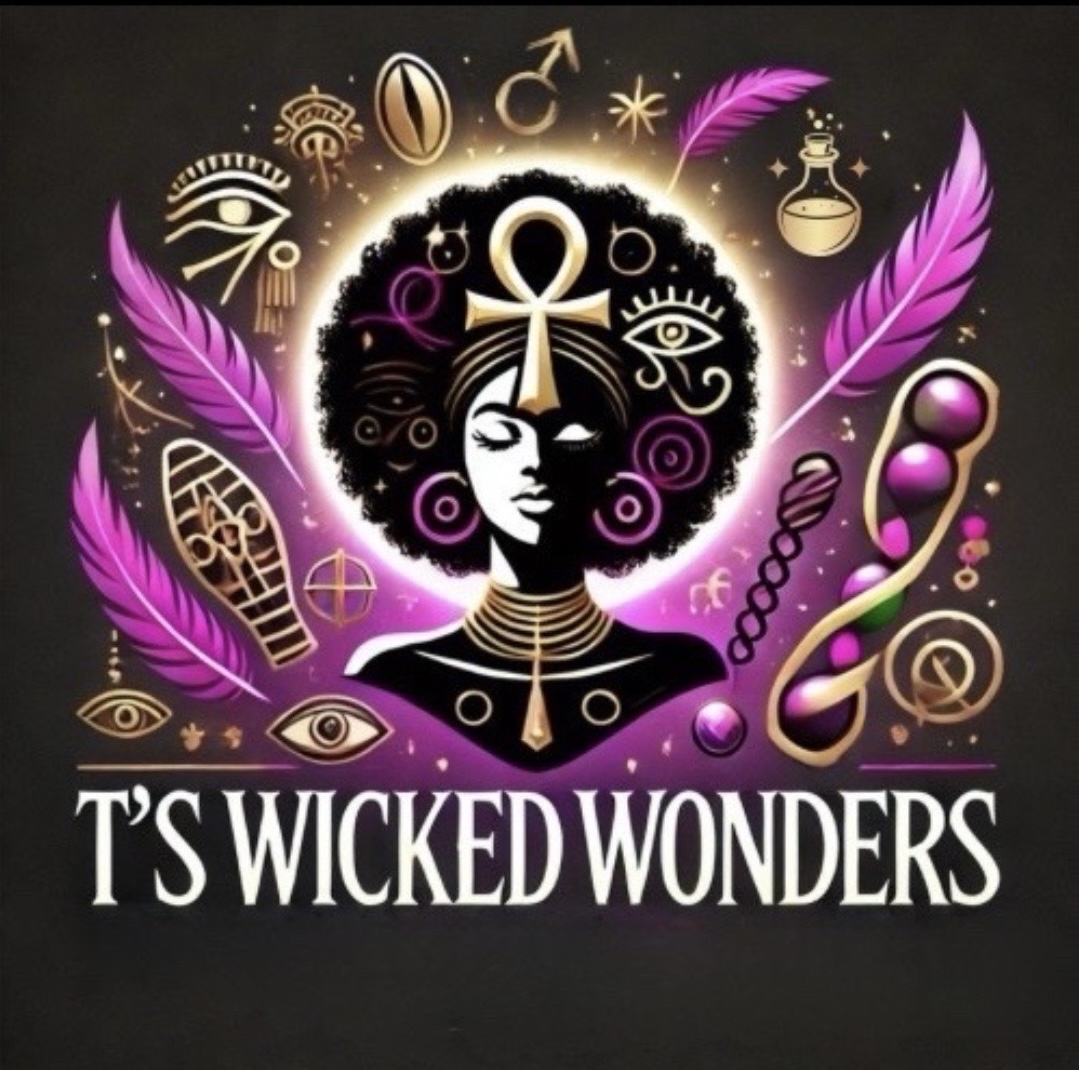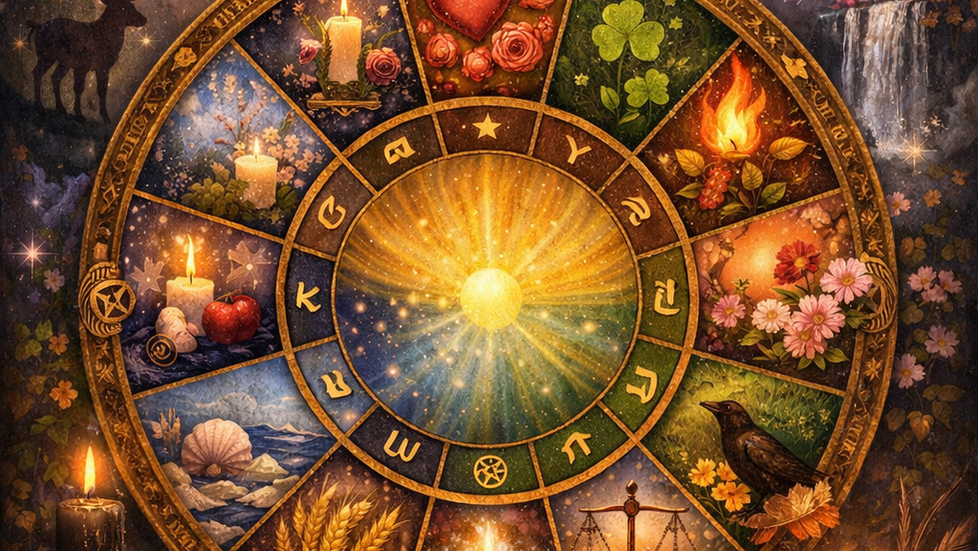What Is an Eclipse?
- T's Wicked Wonders

- May 15, 2022
- 8 min read
Updated: May 15, 2022
Not all eclipses are the same, however. There are a few different ways for lunar and solar eclipses to happen:
A total eclipse (of either the Moon or the Sun) occurs when the Moon or Sun is entirely blocked out.
During a total lunar eclipse, the Moon is completely obscured by the dark center of Earth’s shadow (called the umbra), giving the Moon a dark, reddish hue.
During a total solar eclipse, the Sun is completely obscured by the Moon, resulting in a brief period of awe-inspiring darkness.
A partial eclipse (of either the Moon or the Sun) occurs when only part of the Moon or Sun is obscured.
An annular eclipse is a type of solar eclipse. Annular eclipses are similar to total solar eclipses (where the Sun is completely obscured by the Moon), but in an annular eclipse, the Moon’s apparent size is smaller than the Sun’s, meaning that the Sun is not completely obscured. This results in a very bright ring of light called an annulus.
A penumbral eclipse is a type of lunar eclipse. Penumbral eclipses occur when the Moon enters only the faint outer edge of Earth’s shadow (called the penumbra), which causes the Moon to appear slightly darker than usual. The effect is so slight that a penumbral eclipse can be hard to recognize unless you know to look for it!
There is also a phenomenon called a transit, which is similar to an eclipse, though not quite as visually stunning:
A transit occurs when one celestial body passes between a larger celestial body and a third celestial body. For example, when Mercury passes between the Sun and the Earth, this is called a transit of Mercury. Because Earth is the third planet from the Sun, we are able to observe transits of both Mercury and Venus.
A solar eclipse occurs when the Moon passes directly in front of the Sun, partially or entirely blocking out its light. Solar eclipses are visible only in certain areas and require eye protection to be viewed safely.
A lunar eclipse occurs when the full Moon enters the shadow of Earth, which cuts off all or part of the sunlight reflected off the Moon. Lunar eclipses are technically visible from the entire night side of Earth, but during a penumbral eclipse, the dimming of the Moon’s illumination is slight.
Not all eclipses are the same, however. There are a few different ways for lunar and solar eclipses to happen:
A total eclipse (of either the Moon or the Sun) occurs when the Moon or Sun is entirely blocked out.
During a total lunar eclipse, the Moon is completely obscured by the dark center of Earth’s shadow (called the umbra), giving the Moon a dark, reddish hue.
During a total solar eclipse, the Sun is completely obscured by the Moon, resulting in a brief period of awe-inspiring darkness.
A partial eclipse (of either the Moon or the Sun) occurs when only part of the Moon or Sun is obscured.
An annular eclipse is a type of solar eclipse. Annular eclipses are similar to total solar eclipses (where the Sun is completely obscured by the Moon), but in an annular eclipse, the Moon’s apparent size is smaller than the Sun’s, meaning that the Sun is not completely obscured. This results in a very bright ring of light called an annulus.
A penumbral eclipse is a type of lunar eclipse. Penumbral eclipses occur when the Moon enters only the faint outer edge of Earth’s shadow (called the penumbra), which causes the Moon to appear slightly darker than usual. The effect is so slight that a penumbral eclipse can be hard to recognize unless you know to look for it!
There is also a phenomenon called a transit, which is similar to an eclipse, though not quite as visually stunning:
A transit occurs when one celestial body passes between a larger celestial body and a third celestial body. For example, when Mercury passes between the Sun and the Earth, this is called a transit of Mercury. Because Earth is the third planet from the Sun, we are able to observe transits of both Mercury and Venus.
Brightness and Color of an Eclipse
Scientists measure brightness during a total lunar eclipse at the time of mid-totality using the Danjon Scale, created by French Astronomer Andre Louis Danjon.
0: Very dark eclipse, almost invisible. 1: Dark eclipse, grey or dark brown. 2: Rust-colored eclipse, dark central shadow with lighter edge 3: Brick-Red eclipse, umbral shadow with yellow edge 4: Copper-Red Eclipse, umbral shadow has bluish edge.
I consider this scale to be important, because it will indicate how the remaining sunlight will refract through the earth’s atmosphere, before it indirectly illuminates the moon. It then gets bounced back to us, and that will provide the nuance to any magickal workings a witch enacts with those energies. Think about it: One light, affected by all three heavenly bodies.
The wave-length and color of the light that returns can then be corresponded to other systems, like the chakras, for example. The redder the light, the more rooted, earthy, physical and primal those energies may seem. The more golden the light, the more solar plexus, will-power, active and fiery the energies. The blue edge of a Copper Red Eclipse could bring a tinge of throat and third-eye possibilities, adding nuances of expression and intuition to your workings. That is why understanding the physics and letting that science predict for you which type of eclipse will occur is important for your spell planning.
Blood Moon = Brick-Red Eclipse + Perigee
Lunar Eclipses are mystical and magickal enough on a regular day, but then we have the even more poetic and prophetic variety of eclipse known among witches as a Blood Moon – and the Danjon Scale calls a level 3: Brick-Red Eclipse.
A Blood Moon, is an even more specific term for when an eclipse happens to occur when the moon is at it’s closest position to earth – known as perigee. When a full moon happens at perigee, you may hear it called a “Super Full Moon.” There is debate about how close the moon must be in order to qualify as “Super” but timeanddate.com defines it as being closer than 360,000 kilometers at perigee.
Despite the macabre name, blood moons aren’t ominous. Nothing has to die in the making of a blood moon! They just seem way more witchy because the moon appears to be the color red in the sky. This color-shifting phenomenon is known within scientific circles as Rayleigh Scattering [1].
Rayleigh Scattering Effect
Rayleigh scattering describes the way sunlight appears to shift colors as it passes through the earth’s atmosphere. Earth’s atmosphere acts like a filtration system for sunlight. While sunlight may appear as “white” light, we know that it actually contains the full visible spectrum of rainbow colors, as is revealed when light passes through a prism. This is also why rainbows appear when sunlight passes through water vapor – which is essentially tiny prisms!
This scientific wisdom is incredibly important for magickally inclined people, as it is mechanism which fuels our energetic work during a lunar eclipse. Without an understanding of how our material world works, we might fall prey to the fear-mongering of superstitions that surround these very natural things. As you know, witches don’t let fear control them. Knowledge is power!
How it works: Depending on the low angle of the sun, and how much of Earth’s gasses, volcanic dust, and water vapor it is passing through. These shift the wavelength of the light. “Colors towards the red part of the spectrum have longer wavelengths and lower frequencies compared to colors towards the violet part of the spectrum which have shorter wavelengths and higher frequencies.”[2] This Rayleigh scattering effect explains why sunsets and sunrises appear in their glorious reds, and oranges.
Basically, a Blood Moon appears to be red, because it is only reflecting and wee bit of refracted light after it’s filtered by the Earth’s atmosphere. Since the color red is least altered in the filtration process, you get the only color to survive the trip, and the moon reflects that red light back our eyes, in all Her spooky glory.
Super Blood Moon Eclipse Magick
That was a long walk through the science department to arrive at why witches care so much about these special lunar events.
The Short story: The closer the moon is to the Earth, the more intense are the pull on the tides; the interaction between sunlight, refraction through earth’s atmosphere, and the reflection off of the full moon created by a lunar eclipse shifts those energies into the “Red” end of the spectrum. This corresponds to Elemental Earth, and to the Root Chakra, to manifesting our base, animalistic survival needs.
The Long Story:
By “tides” y’all know I mean way more than how the ocean waters are flowing today. In witchery, we know that the ocean is a metaphor for our depths and mysteries. The moon also affects the flow of Elemental Water, and that power ebbs and flows through us as our emotions, intuitions, instincts, and moods.
Now, approach this moment like a poem – The Sun is our outer persona, our conscious thoughts, our will, our energy source and how we project that force into the world to create our lives. The Earth is our body, our material lives, our sustenance, our home. The Moon is our hidden persona, our sub-conscious dreams, our intuitions and the shadowy illusions that can sometimes divert our True Will. They are in an almost perfect line, where our material selves bend and shift our conscious selves, to expose and energize our most primal desires…and paint them red.
That is one helluva cosmic crazy-making drama. This is Werewolf territory, metaphorically speaking. So, when there is a blood moon in eclipse, I’d look to the zodiac signs through which these special conditions are shining, and then lean into it.
Planning any Eclipse Rite: Look to the Stars
How the lunar eclipse will affect us will be influenced by the astrological sign in which it occurs – because we can never forget that the back-drop of stars form the stage on which all these local solar system movements are happening. What kind of drama will this moon intensify? Look to the zodiac.
Remembering that every full moon happens because the moon is exactly 180 degrees opposite from the sun, there will always be a “gateway” effect formed for us on earth where we find ourselves exactly in the middle between polar opposite sides within a spectrum of possibility. Knowing *which* spectrum of possibility we are working with is the key to working with the eclipse.
For example, if the Full Moon Eclipse occurs when the sun is in the airy sign of Aquarius, then the full moon will occur while on the flip-side of the zodiac, in the fiery sign of Leo. (As it will on January 20, 2019) Both are fixed signs, in Air and fire. Aquarius’ dreamy ideals are empowered by Leo’s bold actions that support our ego-selves. Since these are fixed signs, that lends a sustaining power to the ideas you’ve already begun.
But that is just one out of 12 possible magickal flavors of eclipse magick. You’ll have to translate the current astrological goings and flowings onto what is happening in your life, and prepare accordingly. Because an eclipse puts the earthy, material spin on both your visible actions and your subconscious dreams, it is a potent gateway through which to make the hidden desires of one’s heart real in the world.
The short story here is that an eclipse just begs for the dramatic climax to whatever has been happening for you. I think that the perfect alignment of our most influential celestial bodies will clear the slate, and allow us to use that energy as we ride the wave down the other side, setting a new course. That could be a great thing, or a challenging thing, but it’s an unavoidable thing. There is no way to avoid the intensity, so you might as well put it to to good use in your life.
Eclipse Dates for 2022
April 30, 2022: Partial Eclipse of the Sun. This eclipse is not visible from North America. (The partial solar eclipse is visible from the southeastern Pacific Ocean, the Antarctic Peninsula, and southern South America.)
May 15, 2022: Total Eclipse of the Moon. This eclipse is visible from North America, except in northwestern regions. The Moon will enter the penumbra at 9:31 P.M. EDT on May 15 (6:31 P.M.PDT) and leave it at 2:52 A.M. EDT on May 16 (11:52 P.M. PDT on May 15).
October 25, 2022: Partial Eclipse of the Sun. This eclipse is not visible from North America. (The partial solar eclipse is visible from Greenland, Iceland, Europe, northeastern Africa, the Middle East, western Asia, India, and western China.)
November 8, 2022: Total Eclipse of the Moon. This eclipse is visible from North America, although the Moon will be setting during the eclipse for observers in eastern regions. The Moon will enter the penumbra at 3:01 A.M. EST on November 8 (12:01 A.M. PST) and leave it at 8:58 A.M. EST (5:58 A.M.PST).













Comments